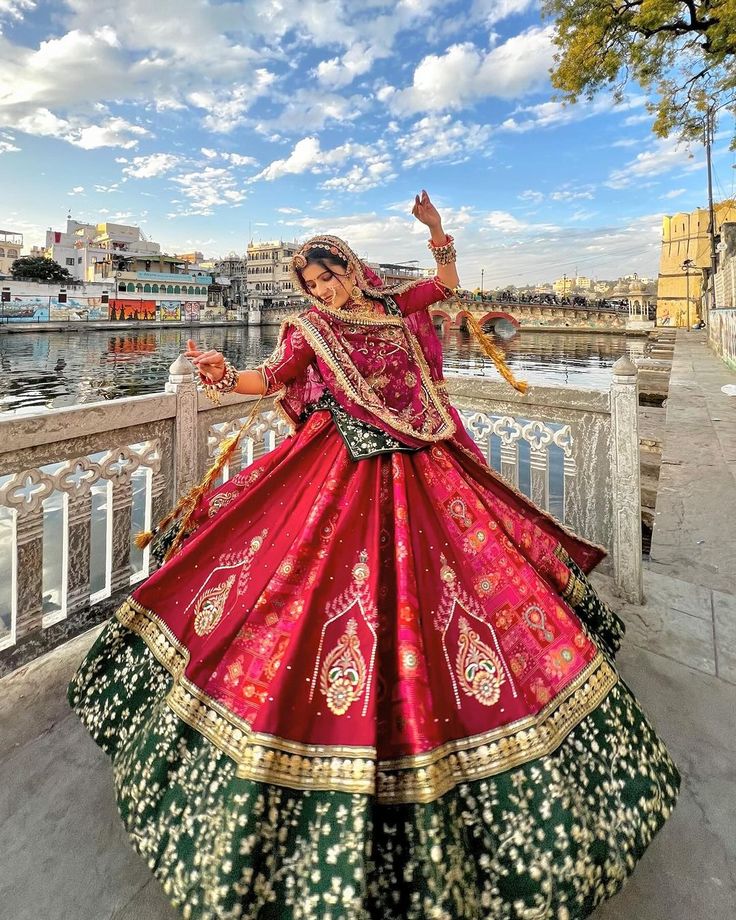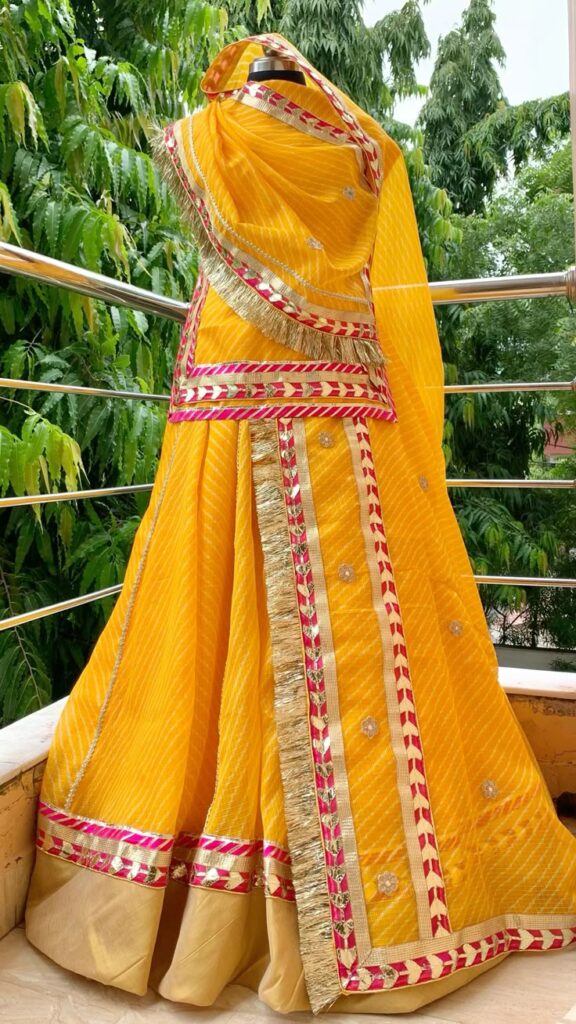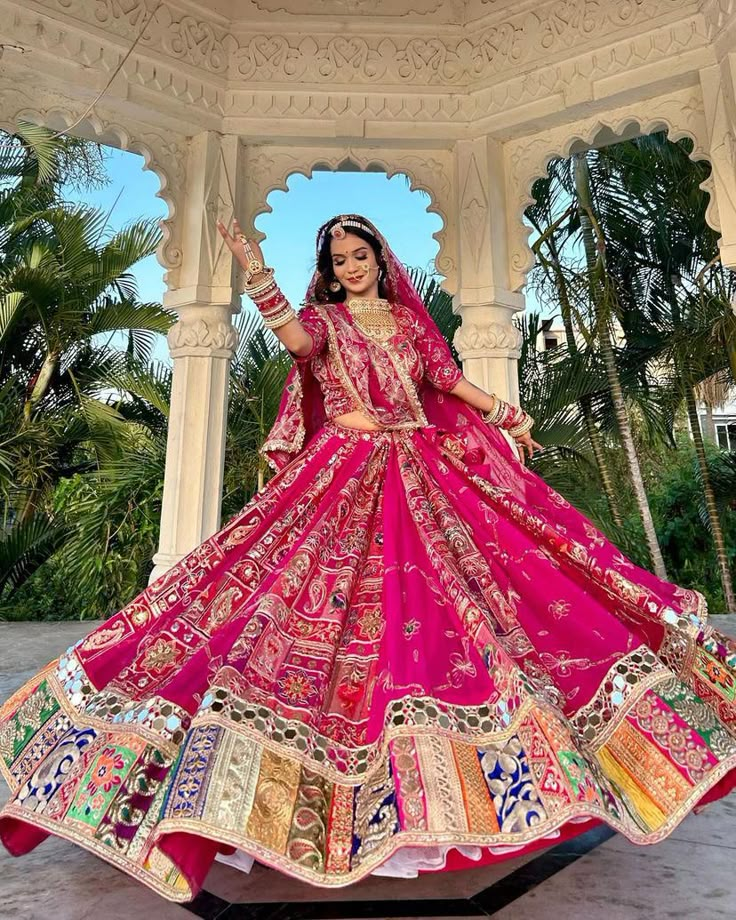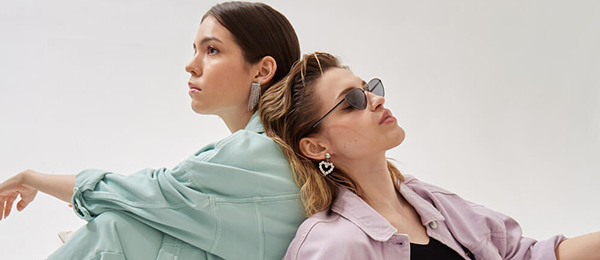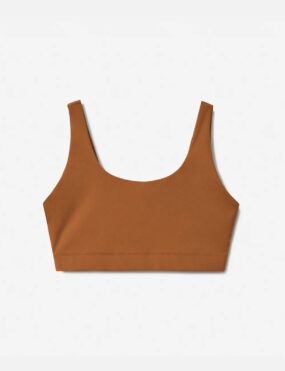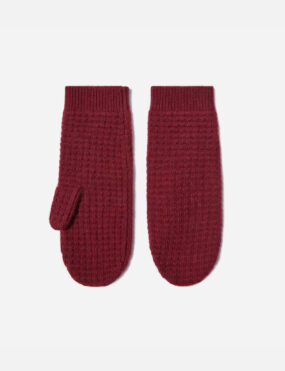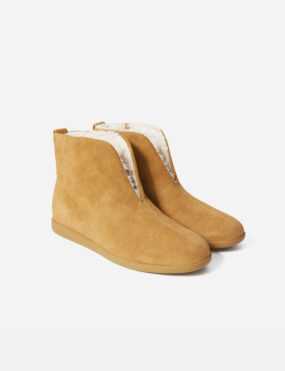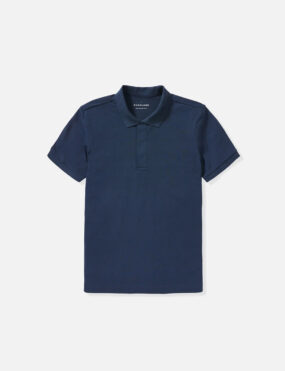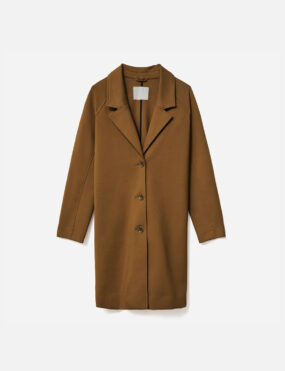Rajasthan is a land full of color, music, and tradition. The traditional dress, called poshak, is not just clothing—it is a big part of Rajasthan’s culture. Whether it’s a dance, a fair, or a wedding, Rajasthani clothes help show who the people are and where they come from.
Poshak in Dance Performance
Rajasthan has many traditional dances like Ghoomar, Kalbelia, Bhavai, and Terah Taali. In these dances, people wear colorful and special clothes.
-
Women wear lehenga-choli with long veils (odhni). The skirts spin beautifully when they dance.
-
Men wear angarkha (a wrap-style shirt), dhoti, and a colorful turban (safa).
These clothes make the dance look more graceful and lively. The movements of the dancers match perfectly with their flowing outfits.
Poshak in Rajasthani Folk Art
Phad Paintings and Miniatures
-
Phad scrolls show folk heroes in full traditional dress.
-
Miniature paintings reflect the royal and commoner fashion of the time.
Kathputli (Puppet) Shows
-
Puppets wear miniature versions of real Rajasthani clothes.
-
Add cultural value and visual appeal to storytelling.
Colors and Patterns with Meaning
The colors and patterns of Rajasthani clothes are not random they have special meanings.
-
Red is worn during weddings.
-
Yellow is worn on happy festivals like Teej.
-
Leheriya and Bandhej are tie-dye patterns that show the local style.
Clothes are also decorated with mirror work, gota-patti, and embroidery, mostly done by skilled women.
Modern Love for Traditional Poshak
Today’s designers are fusing tradition with modern style:
-
Blending traditional Rajasthani prints and embroidery with contemporary fashion.
-
Poshak-inspired outfits are now popular in weddings and festive wear across India.
-
Social media is helping revive interest in authentic Rajasthani clothing.
Conclusion: A Living Tradition
Rajasthani poshak is not just something from the past. It is still worn with pride during festivals, weddings, and cultural events. These clothes help tell stories, share traditions, and connect people to their roots.
When someone wears a Rajasthani poshak, they are wearing a part of history, art, and the spirit of the desert.
Poshak as Identity and Social Symbol
In rural areas of Rajasthan, traditional clothing is still worn every day. It’s not just a fashion choice it represents identity, dignity, and culture.
-
A married woman’s dress often includes bright colors and more ornaments.
-
A widow wears plain or muted colors.
-
Rajput women may wear specific patterns and jewelry like borla and chooda.
-
Tribal women like the Bhils or Garasias wear unique regional styles that reflect their lifestyle and community roles.
For men, the style of turban can even indicate what village or caste they belong to. During important events like weddings or fairs, people wear their best traditional clothes to express pride in their heritage.
Keeping the Tradition Alive in Modern Times
In recent years, traditional Rajasthani clothing has inspired many modern fashion designers. They are now combining traditional prints and embroidery with contemporary cuts and fabrics, making Rajasthani fashion appealing to younger generations.
Several government and NGO initiatives are also working to support local artisans, helping them market their handmade poshaks across India and abroad. Social media platforms and fashion influencers are playing a big role in reviving interest in this timeless art form.
Conclusion: More Than Just Fabric
Rajasthani poshak is more than just clothing. It is a living symbol of history, culture, and emotion. It is worn with pride by the people of Rajasthan—not only during daily life in villages but also in performances, weddings, and festivals. Each thread, each stitch tells a story—from desert survival to royal elegance, from folk dances to fine arts.
In a fast-changing world filled with factory-made fashion, the Rajasthani poshak stands tall as a proud reminder of handmade beauty, cultural depth, and regional identity.
To wear a poshak is to wear a piece of Rajasthan’s heart and that is what makes it truly timeless.
